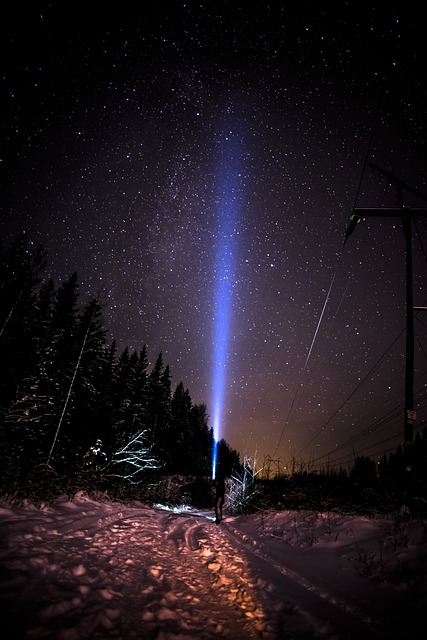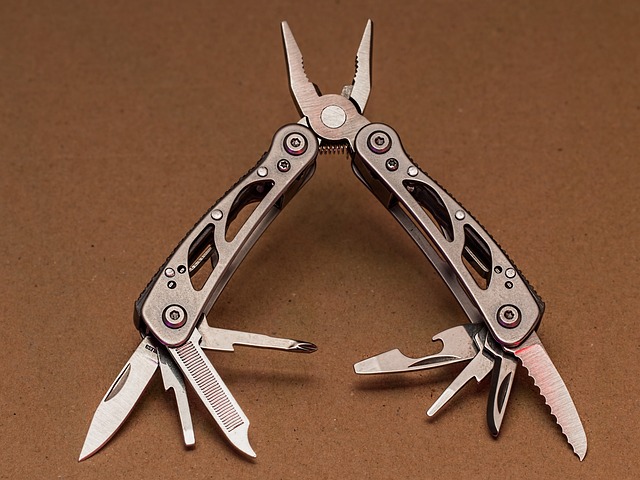When venturing into the wild for hunting or survival purposes, having a reliable flashlight is essential. The best flashlights for these situations are LED-powered, offering high lumens for signaling and illuminating targets, as well as lower lumens for conserving energy and maintaining peripheral vision in natural settings. These flashlights should be durable, water-resistant, and come with versatile lighting options including both spot and flood beams. Additionally, consider complementing your flashlight with a headlamp for hands-free illumination, a lantern for group or area lighting, and solar-powered lights for sustainability. Always keep safety in mind by carrying signaling tools like reflective triangles or strobe lights and alternative fire starters for emergency situations. In summary, for optimal performance and preparedness in hunting and survival scenarios, your selection of lighting tools should be both diverse and tailored to the specific demands of each situation.
When confronted with the unpredictability of nature or an emergency scenario, the right light source becomes a critical ally. This article delves into the indispensable role of lighting in enhancing survival and hunting efficiency. We will explore the essential features to seek in flashlights designed for outdoor expeditions, emphasizing durability and reliability as paramount in survival gear. From the comparison between LED and halogen lights to the strategic selection of brightness and beam distance tailored to various scenarios, this guide aims to illuminate the best practices for selecting flashlights for hunting and survival situations. Additionally, we will examine alternative lighting tools that complement your primary flashlight, ensuring you are fully equipped in any wilderness scenario.
- Understanding the Role of Light in Hunting and Survival
- Key Features to Look for in Flashlights for Outdoor Activities
- The Importance of Durability and Reliability in Survival Gear
- Types of Batteries and Power Sources for Maximum Efficiency
- LED vs. Halogen: Light Quality Considerations for Optimal Visibility
- Flashlight Designs Suited for Hunting and Navigating the Wilderness
- Strategic Selection of Brightness and Beam Distance for Different Scenarios
- Additional Lighting Tools to Complement Your Flashlight in Survival Situations
Understanding the Role of Light in Hunting and Survival

In survival situations, light is not merely a tool for visibility but a critical asset that can aid in hunting effectively. Flashlights for hunting and survival situations serve a dual purpose: they illuminate the environment to reveal potential prey, obstacles, or hazards, and they can also be used to signal for help if necessary. Understanding how to use a flashlight properly can significantly enhance one’s chances of procuring food while conserving energy and avoiding detection. A focused beam of light can stun nocturnal game, making it easier to handle and secure. Moreover, the right flashlight can also attract insects that may serve as an additional food source or deter predators that are sensitive to light.
Selecting the appropriate flashlights for hunting and survival situations is essential. These devices should be compact, reliable, and capable of providing a strong, focused beam. They must also be durable enough to withstand the rigors of outdoor use, including exposure to the elements and rough handling. Additionally, the battery life of these flashlights should be considerable to ensure that they are available when needed most. Hunters and survivalists often prefer LED technology for its longevity and brightness, making it an invaluable tool in any hunting or survival kit. By integrating a high-quality flashlight into one’s gear, individuals can significantly improve their odds of success and safety in the wilderness.
Key Features to Look for in Flashlights for Outdoor Activities

When selecting a flashlight for hunting and survival situations, durability is paramount. A high-quality flashlight must withstand harsh environments, from rainforests to arid deserts. It should be built with a rugged design, often featuring a hard-anodized aluminum body that resists scratches and corrosion. Additionally, impact resistance ensures the flashlight can survive accidental drops without compromising functionality. For those who venture into the wild for extended periods, consider a flashlight with a long battery life or one compatible with rechargeable batteries. High-intensity LEDs are preferred due to their longevity and brightness, capable of penetrating darkness effectively. The beam should be focused yet versatile, offering both a spotlight for distant objects and a floodlight for nearby terrain. Water resistance is also a critical feature, as unexpected weather changes can render an unprepared flashlight useless. A waterproof rating (IPX) indicates the level of protection against moisture ingress, ensuring your light remains operational even in wet conditions. Lastly, consider the user interface, which should be intuitive to operate with gloves on, a necessity when hands are cold or during outdoor activities. The best flashlights for hunting and survival situations combine these features to provide reliable illumination in the most demanding situations.
The Importance of Durability and Reliability in Survival Gear

When venturing into the wilderness for hunting or finding oneself in a survival situation, the gear chosen can be the difference between safety and distress. Flashlights for hunting and survival situations must prioritize durability and reliability above all else. A flashlight that withstands the rigors of outdoor conditions is paramount; it should be resistant to shock, water, and dust, ensuring it remains operational when needed most. High-quality construction materials like aircraft-grade aluminum or tough plastics provide the necessary protection against drops and impacts. Additionally, a reliable light source guarantees consistent performance, particularly under the stress of a survival scenario where every lumen can illuminate potential dangers or help track game in low-light conditions. The best flashlights are those that have been tested to meet high standards for durability, providing users with a dependable tool for both hunting excursions and unexpected survival situations. Features such as LED technology offer long-lasting brightness and energy efficiency, further enhancing their reliability. When selecting a flashlight, prioritize models that are built to last and have a proven track record of performance under pressure. This ensures that when the situation demands it, your flashlight will be ready to provide the clarity and visibility needed to navigate and survive effectively.
Types of Batteries and Power Sources for Maximum Efficiency
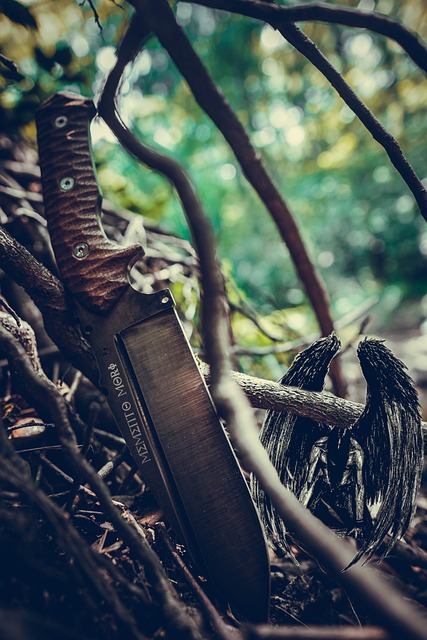
When venturing into the wilderness or preparing for unexpected survival situations, reliable lighting is indispensable. Flashlights for hunting and survival scenarios must be equipped with power sources that offer durability and efficiency. There are several types of batteries and power sources available, each with its advantages and disadvantages. Traditional alkaline batteries are cost-effective and widely accessible but have a shorter shelf life and lower energy output compared to their rechargeable counterparts. AA and AAA sizes are common in many flashlights due to their balance between size and power requirements.
For those requiring more robust and long-lasting solutions, lithium-ion or lithium-polymer batteries are superior choices. They provide a higher energy density, which means longer runtime for your flashlight, a critical feature when you need to maintain visibility over extended periods in hunting or survival situations. These batteries also have a longer shelf life and can be recharged hundreds of times without significant loss of capacity. Additionally, newer models of flashlights for hunting and survival often incorporate solar charging capabilities, harnessing the power of the sun to extend the usability of the light source even further. This hybrid approach ensures that users have a consistent light output regardless of the situation’s duration or environmental conditions. When selecting a flashlight for hunting and survival, consider the type of battery it uses and how it aligns with your specific needs in terms of brightness, runtime, and reliability. With the right power source, your flashlight becomes an indispensable tool that can enhance safety, effectiveness, and confidence in any outdoor or survival situation.
LED vs. Halogen: Light Quality Considerations for Optimal Visibility
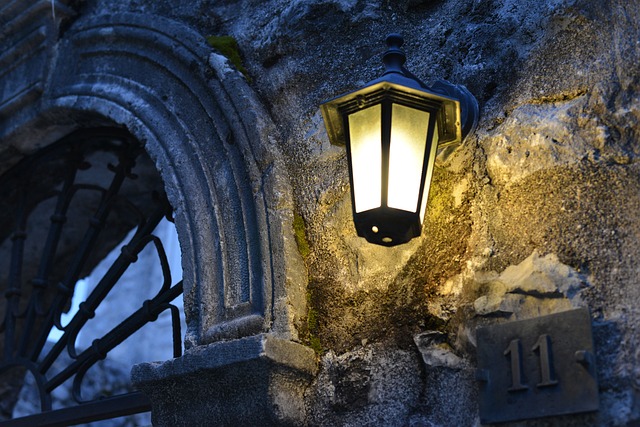
When selecting a flashlight for hunting and survival situations, understanding the differences between LED and halogen lighting technologies is crucial for optimal visibility and performance. LED (Light Emitting Diode) technology has made significant strides in recent years, offering a durable and energy-efficient option that excels in various environments. Unlike traditional halogen bulbs, LED flashlights provide a high luminous efficacy, translating to a brighter beam that can last longer on battery power. The quality of light from an LED is often characterized by a sharper focus, which is particularly beneficial for tasks requiring precise vision, such as tracking game or navigating through dense foliage at dusk. Halogen bulbs, while known for their warm and incandescent-like glow, tend to consume more power and generate more heat than LEDs, which can be a disadvantage when conserving resources is key in survival contexts. Additionally, the longevity of LED flashlights cannot be overlooked; they typically have a longer lifespan and are less prone to breakage, making them reliable under the unpredictable conditions often encountered during hunting or survival scenarios. For those in need of a flashlight for such purposes, it’s evident that LED technology stands out due to its superior light output, energy efficiency, and durability, ensuring users can illuminate their path with clarity and precision when every detail matters most.
Flashlight Designs Suited for Hunting and Navigating the Wilderness

When venturing into the wilderness for hunting or survival situations, the reliability and functionality of your flashlight are paramount. The ideal flashlight for such activities should be durable, water-resistant, and capable of withstanding the rigors of outdoor use. High-quality flashlights designed specifically for hunting and survival scenarios often feature rugged construction with non-slip grips to maintain a firm hold even when hands are wet or covered in debris. These flashlights typically boast a high lumen output, providing intense beams that can illuminate distant targets or navigate through dense underbrush. Additionally, they often offer multiple beam settings, including flood lights for close-range tasks and spotlights for long-distance visibility, which are essential for hunting at dusk or during nighttime hours.
Furthermore, flashlights intended for hunting and survival must be versatile and energy-efficient. They are often equipped with LED technology, offering longer battery life and a more focused beam, which can significantly extend the duration of your outdoor excursion. Some models come with rechargeable batteries and USB charging capabilities, ensuring that you have a consistent light source when away from traditional power sources. The best flashlights for hunting and survival also incorporate features such as adjustable focus, impact resistance, and sometimes even red or green lens options to preserve night vision while scanning the environment. These thoughtfully designed flashlights are invaluable tools for any hunter or survivalist, enhancing safety and effectiveness during their time spent in nature’s embrace.
Strategic Selection of Brightness and Beam Distance for Different Scenarios
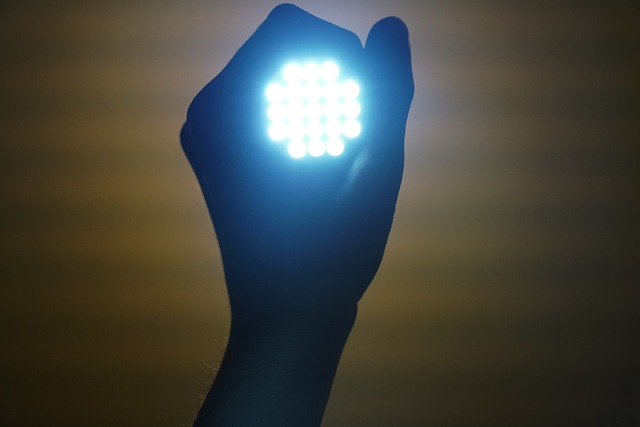
When selecting a flashlight for hunting and survival situations, the strategic choice of brightness and beam distance is paramount. A high-lumen flashlight with a focused beam is ideal for signaling for help or illuminating distant objects in open environments. In scenarios where you need to navigate through dense forests or thick brush during a hunt, a flashlight with a softer, wider beam dispersion allows for peripheral lighting, which enhances your ability to detect movement and potential threats at the periphery of your vision. The brightness level should be high enough to deter nocturnal predators or disorient intruders without blinding yourself or scaring off game.
For close-quarters tasks such as setting up camp, preparing a meal, or performing first aid, a lower lumen flashlight with a versatile beam pattern can provide sufficient illumination without the overpowering intensity that could hinder your night adaptation or attract unwanted attention. In survival situations, conserving battery life is also crucial. A medium-output flashlight with adjustable brightness settings offers both flexibility and longevity, allowing users to tailor their light output to the task at hand while maximizing energy efficiency. Whether you are signaling for rescue or navigating in the dark, a well-chosen flashlight becomes an indispensable tool in your arsenal for hunting and survival. Consider the specific demands of each situation and select a flashlight that offers both the necessary brightness and beam distance to meet those needs effectively.
Additional Lighting Tools to Complement Your Flashlight in Survival Situations
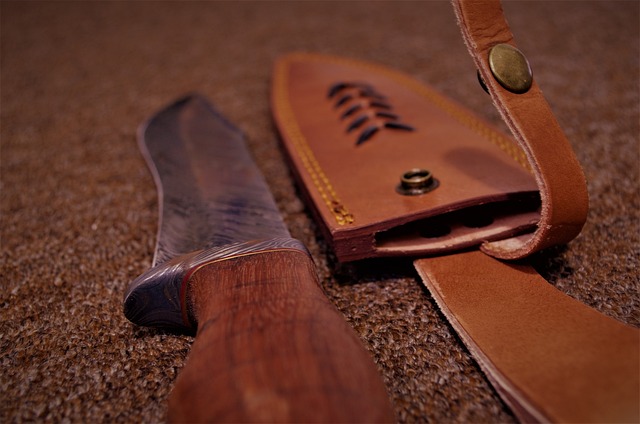
When it comes to survival situations, a reliable flashlight is an indispensable tool for hunters and outdoor enthusiasts alike. Beyond the primary light source, additional lighting tools can significantly enhance your visibility and safety in unpredictable environments. For instance, a headlamp allows hands-free illumination, which is particularly useful when setting up camp or navigating through dense foliage at night. Similarly, a lantern can provide ambient light that illuminates a large area, essential for communal gatherings or as a visual signal in distress situations.
In addition to these, consider solar-powered lights for their sustainability and reliability in extended stays. They harness energy during the day, ensuring you have continuous light without the need for batteries. Additionally, reflective triangles or strobe lights can serve as emergency signals, making them crucial for drawing attention in case of an emergency or when signaling rescuers. Lastly, waterproof matches or a fire starter paired with a magnifying lens can create a beacon of light that not only provides warmth but also acts as a visual aid, all of which are critical additions to your survival lighting arsenal. Flashlights for hunting and survival situations should therefore be complemented with a variety of lighting tools tailored to the demands of the environment and the tasks at hand.
When confronted with the unpredictability of nature, having a dependable source of light is not just advantageous—it’s a critical component of survival. The role of flashlights for hunting and survival situations extends beyond mere visibility; it encompasses safety, efficiency, and adaptability to diverse environments. As discussed, the key features to prioritize in a flashlight designed for such purposes include durability, reliability, and versatility in power sources. LED options, often found in flashlights for hunting and survival situations, outperform halogen counterparts, offering superior light quality that enhances visibility in low-light conditions.
Selecting the right brightness and beam distance tailored to the task at hand is essential, as is the integration of additional lighting tools to complement your primary light source. Whether you’re navigating dense forests or signaling for help, the best flashlights for hunting and survival situations are your eyes in the dark, ensuring that you’re prepared for whatever nature throws your way. With the right gear, you can confidently face the wilderness, knowing that your lighting tools are a reliable ally in the quest for safety and success.
